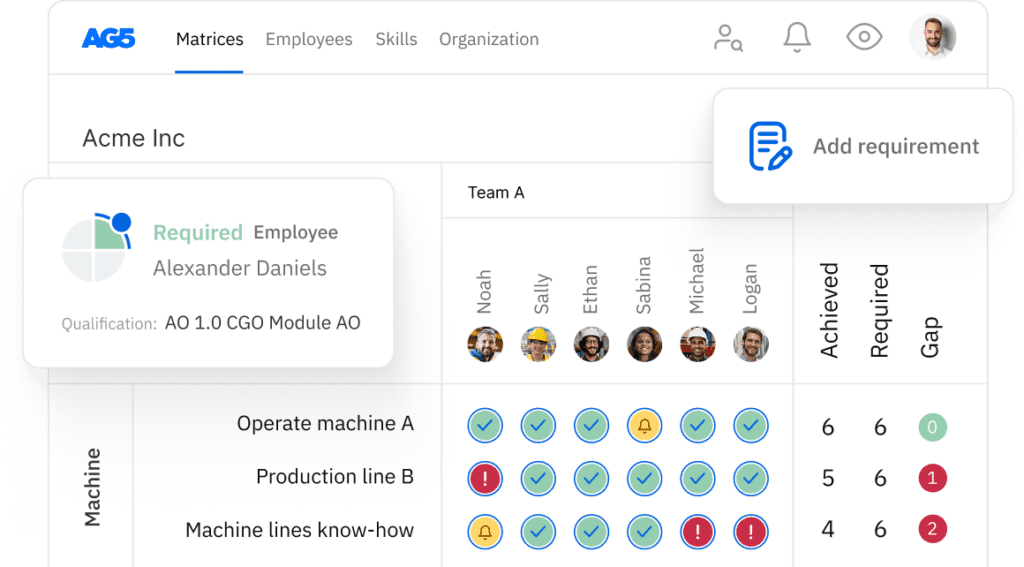10 reasons why auditors hate skills matrix spreadsheets
In this article, we’ll take a look at 10 reasons why auditors have trouble auditing organizations that rely on spreadsheet-based skills matrices. For each reason, we’ll also show you how AG5 can help your organization become audit-ready as easily as possible.
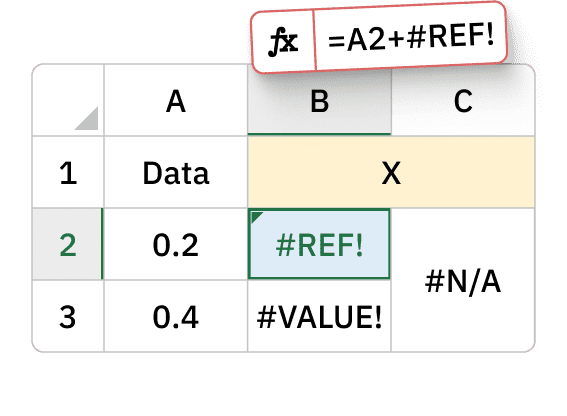
A successful audit hinges on your ability to provide auditors with easy to understand information regarding your processes, adherence to compliance standards, and employees’ skills, training, qualification, and certifications.
With this in mind – and even though they may be useful for organizations starting out with skills management – spreadsheet skills matrices aren’t the best choice for audit preparation.
In this article, we’ll take a look at 10 reasons why auditors have trouble auditing organizations that rely on spreadsheet-based skills matrices. For each reason, we’ll also show you how AG5 can help your organization become audit-ready as easily as possible.
1. No digital trailCopied
Auditors rely on your organization’s process-related transparency. Spreadsheets, however, leave no room to create a digital trail of changes to skills, certifications, and trainings throughout your organization.
This means that you will have no way to track:
- Changes in training requirements
- New role assignments
- Evolving technologies, machinery, or processes that may require new certifications
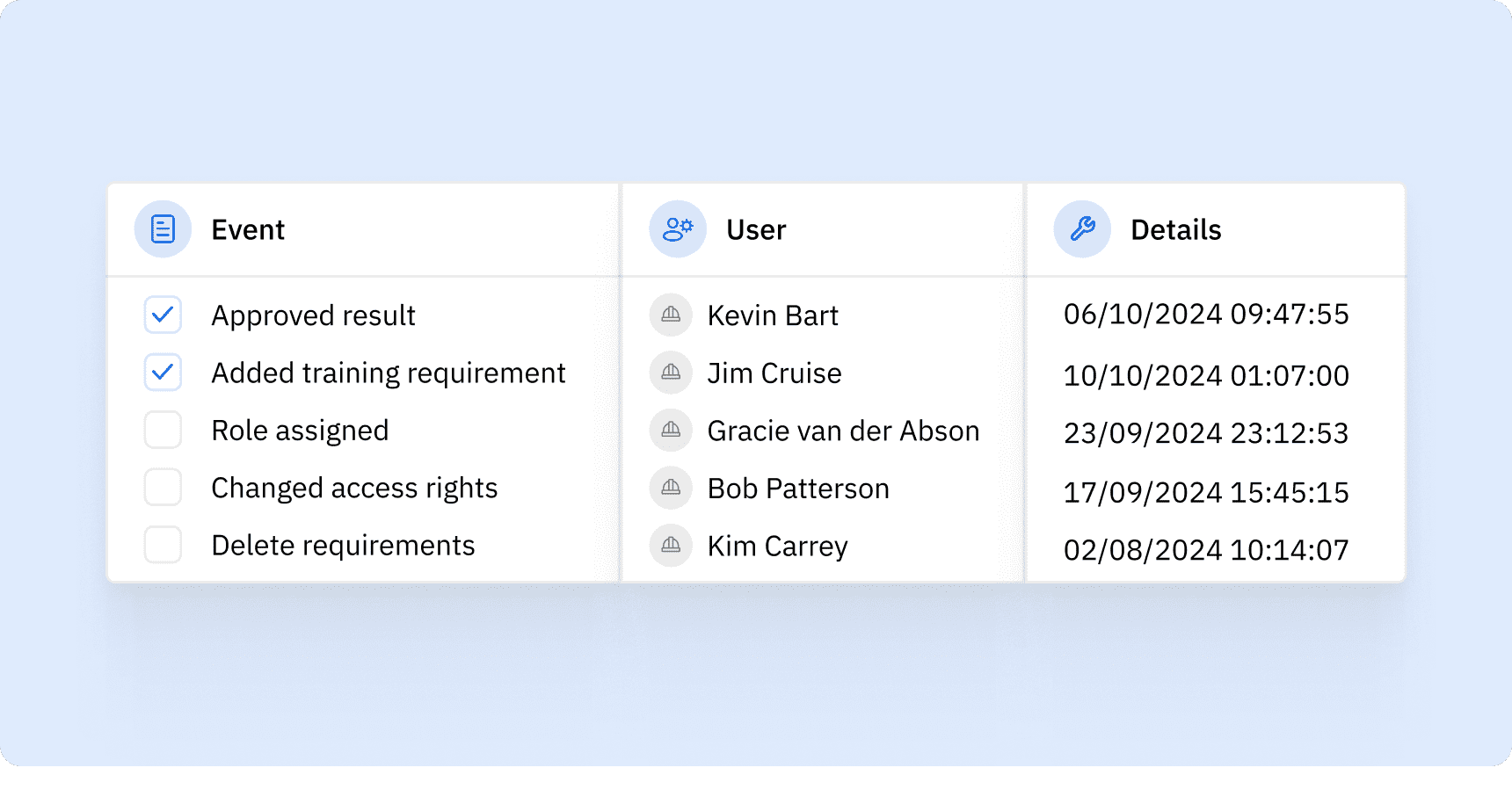
2. No version controlCopied
You need to ensure that your organization is aligned across multiple teams, departments, and sites. Whether they’re conducting an external or internal audit, auditors will also need that assurance.
This is something a spreadsheet skills matrix cannot provide. Especially in larger organizations, spreadsheets quickly become complicated and cumbersome – making them prone to inaccuracies.
You can never be sure:
- Who has the latest version of your spreadsheet skills matrix
- Whether the data within them is accurate
- Lack of standardization
Your skills matrices should not only be aligned with your teams, departments, and sites – it should also be standardized so that everyone is using them in the same way.
In this regard, spreadsheets are error-prone, as users can input data differently. When it comes to an audit, this can cause problems.
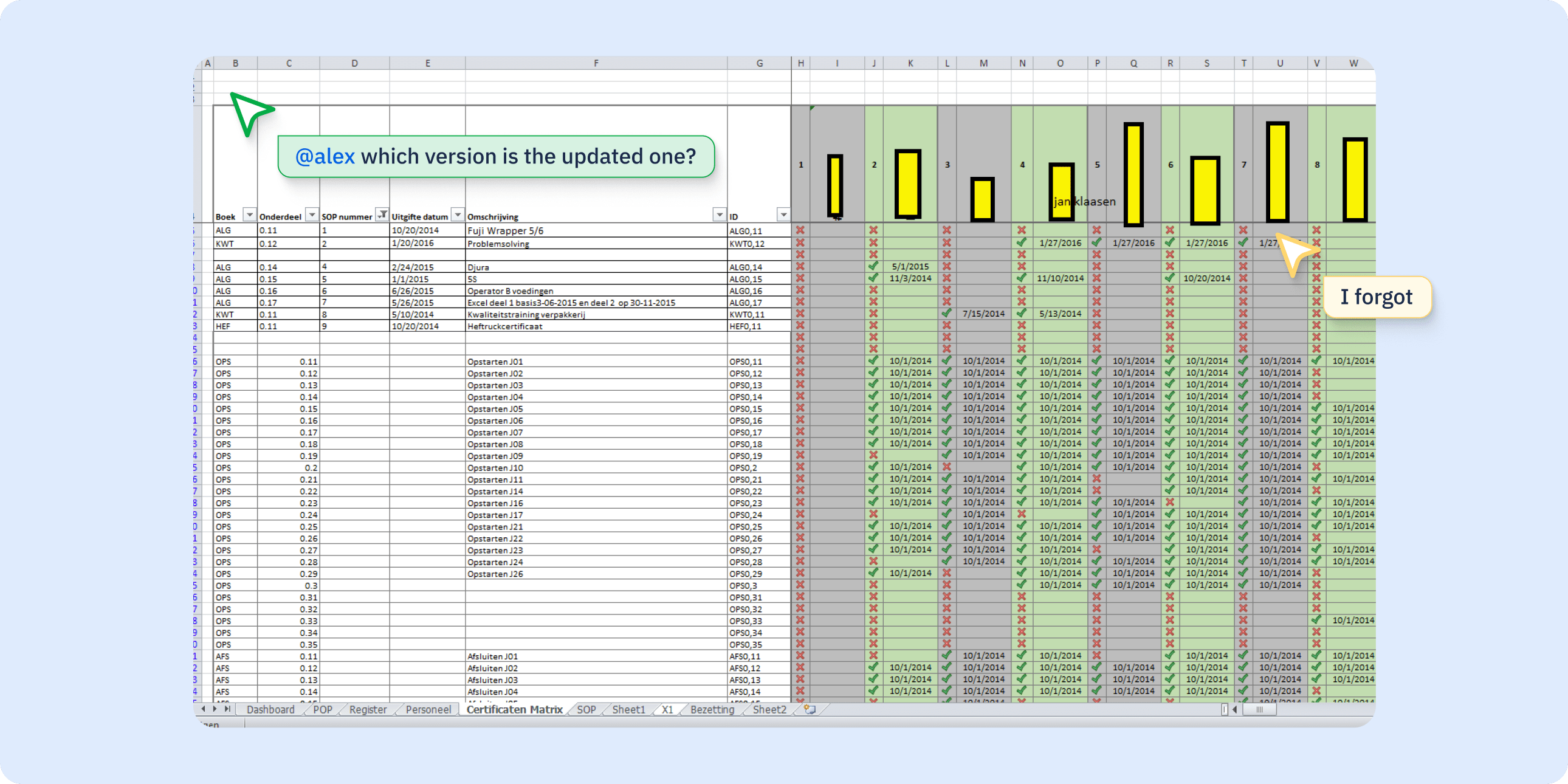
3. Lack of standardizationCopied
Your skills matrices should not only be aligned with your teams, departments, and sites – it should also be standardized so that everyone is using them in the same way.
In this regard, spreadsheets are error-prone, as users can input data differently. When it comes to an audit, this can cause problems.
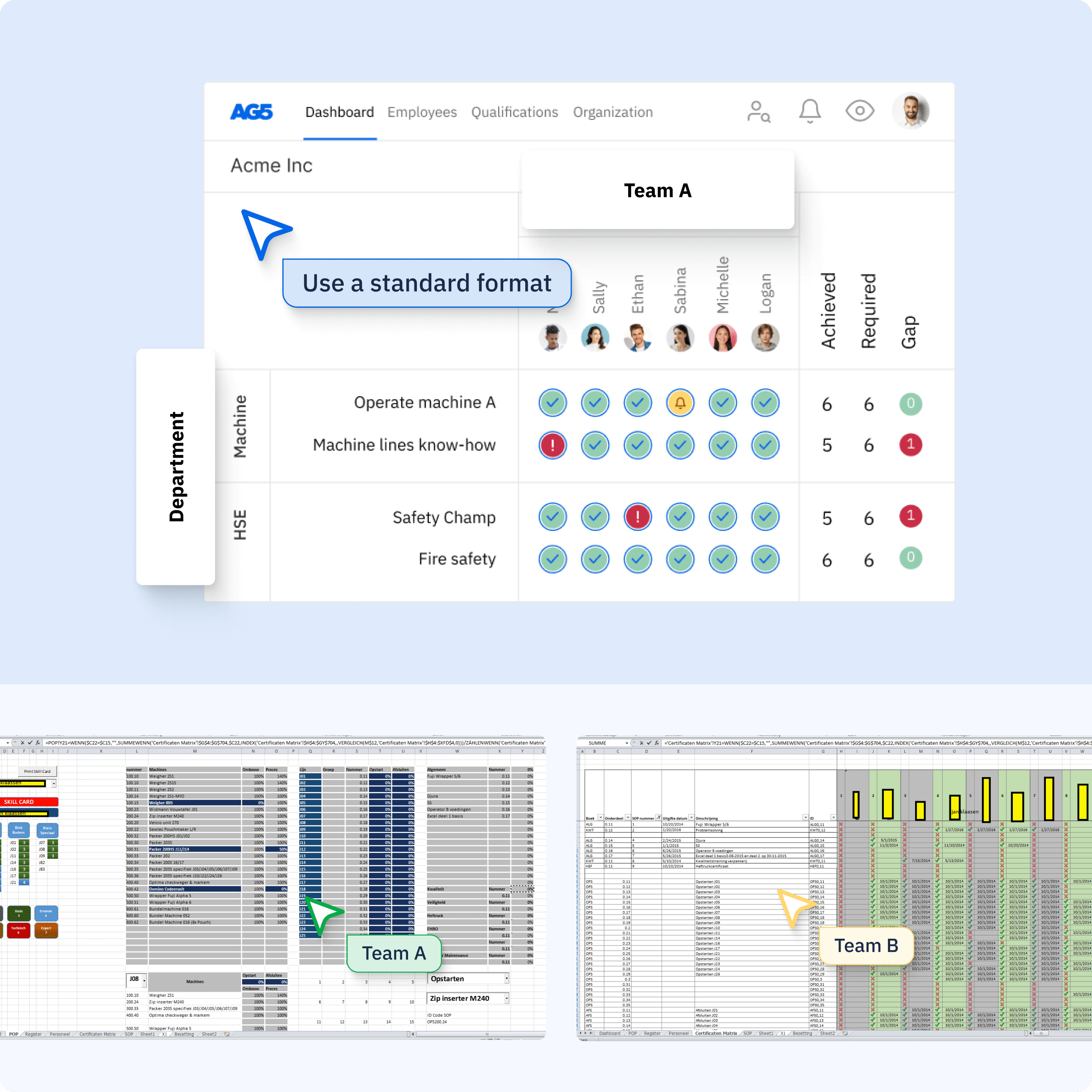
4. No set training requirementsCopied
Auditors need to see that your employees have the certifications and qualifications necessary to:
- Operate certain machines
- Carry out certain tasks
- Oversee specific processes
This means you’ll need a way to prove all of this at a glance. A spreadsheet makes this difficult, as it lacks both standardization and a history of changes.
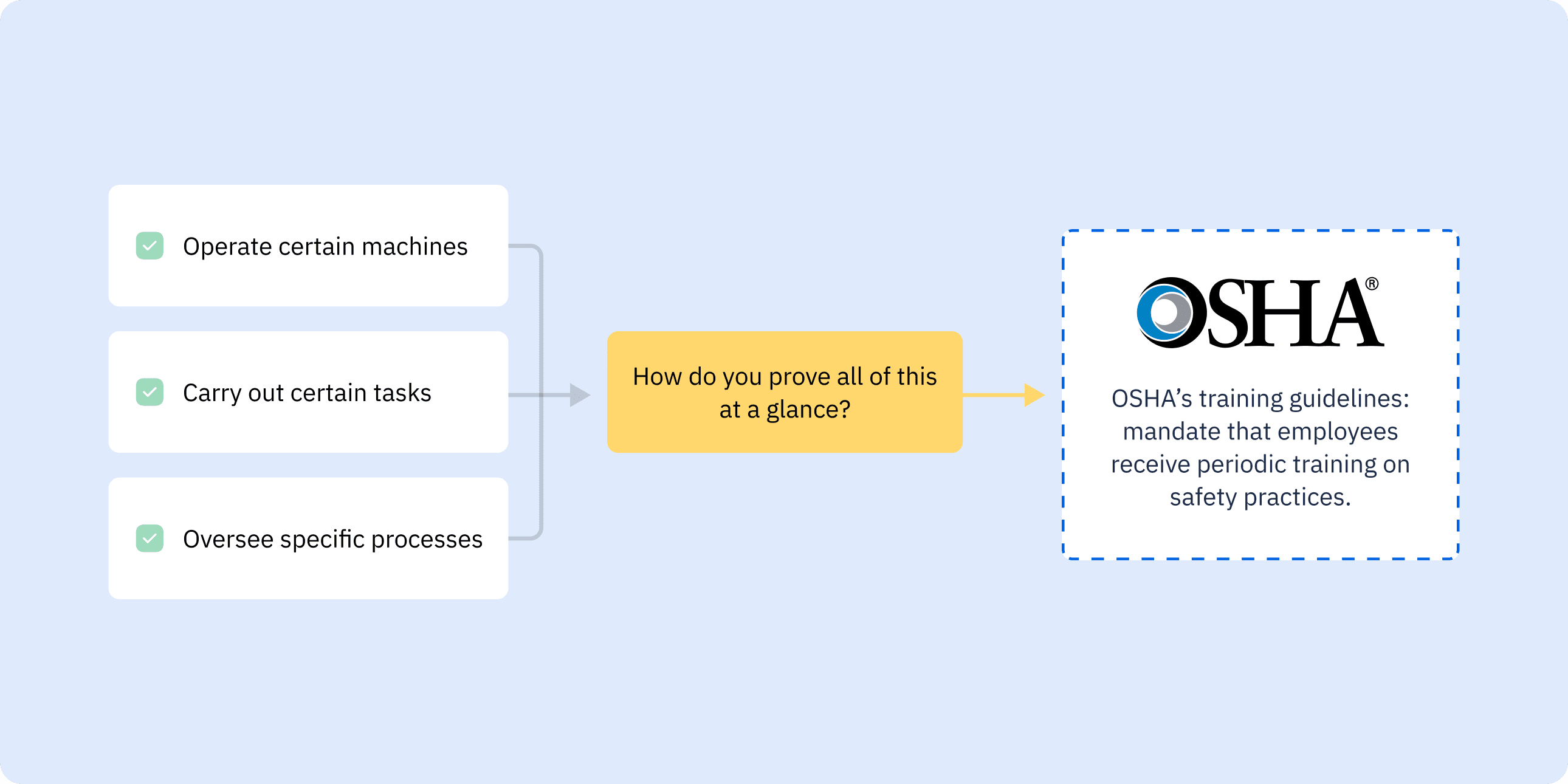
5. No training approval processesCopied
For a successful and efficient audit, you’ll need a structured framework that allows you to select and approve training that is most relevant and beneficial to your employees (and your organization).
A spreadsheet provides no such framework – and doesn’t ensure that the right people are involved with training approval.
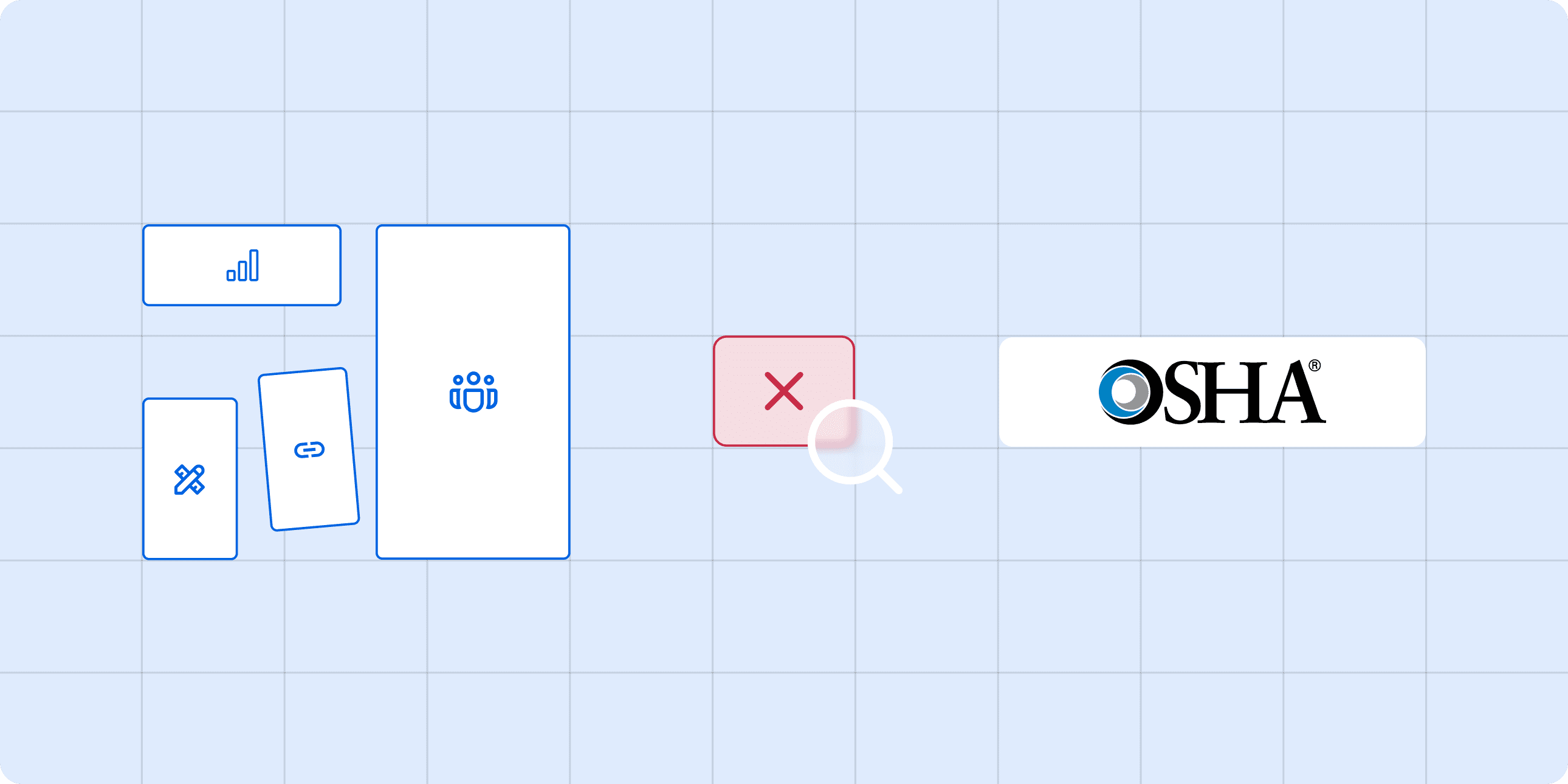
6. No method for data management approvalCopied
With a skills matrix spreadsheet, there is no protocol for assessing the accuracy or relevance of that data input into it. There’s also no effective, much less efficient, method of determining who can access or modify that data.
Not only does this put your organization at risk of violating data protection laws and regulations, it can also make an auditor’s job a nightmare.
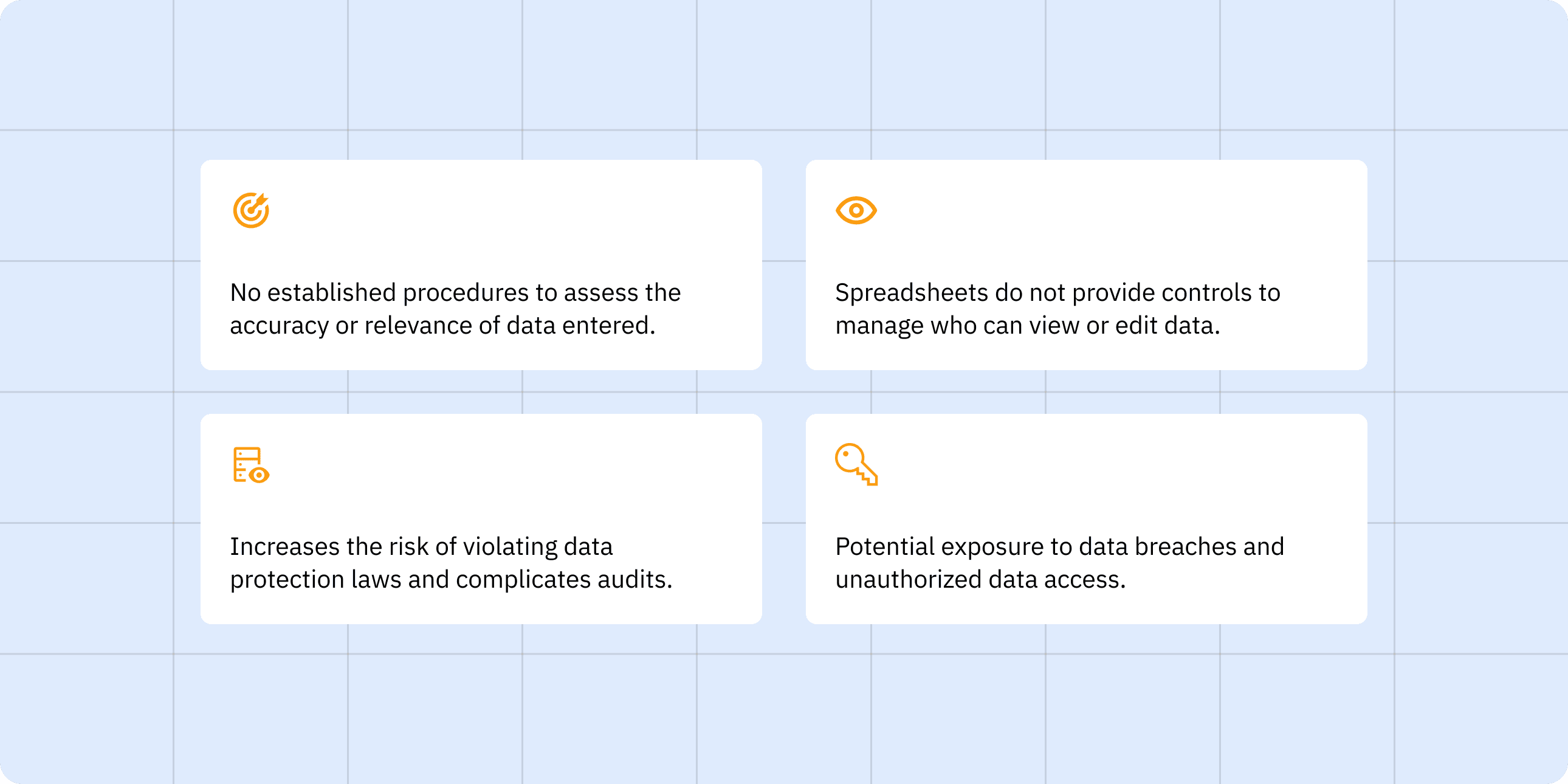
7. No central place for proof of training or certificationCopied
Spreadsheets stop at data storage, offering nothing beyond the numbers that you input into them. This is problematic, as auditors will require proof that your skills matrices are accurate, often in the form of PDFs or other digital documents that show your employees have completed specific trainings or certification programs.
When relying on spreadsheet-based skills matrices, this usually means you’ll have to use and manage folder structures outside of Excel – adding to the confusion and resulting in a lack of organization.
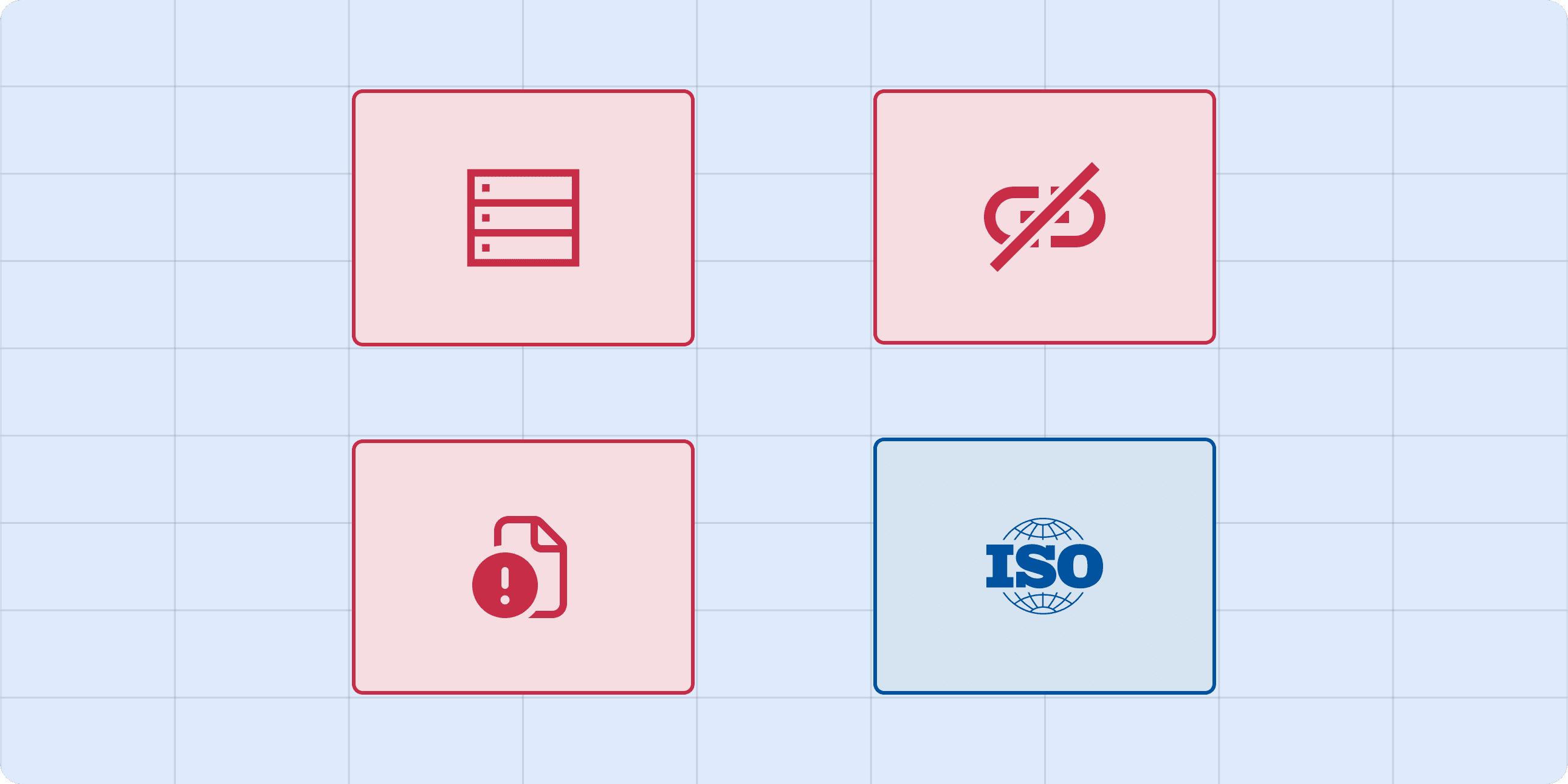
8. No plan for approaching skill or training gapsCopied
Auditors need to see that your organization is currently compliant. They also need to know that you have a plan for the future. This means developing and implementing a plan for quickly and effectively approaching skill or training gaps as they arise.
With spreadsheet-based skills matrices, you’ll have to manage such plans outside of Excel – or even outside your operations. This is not the case with AG5.
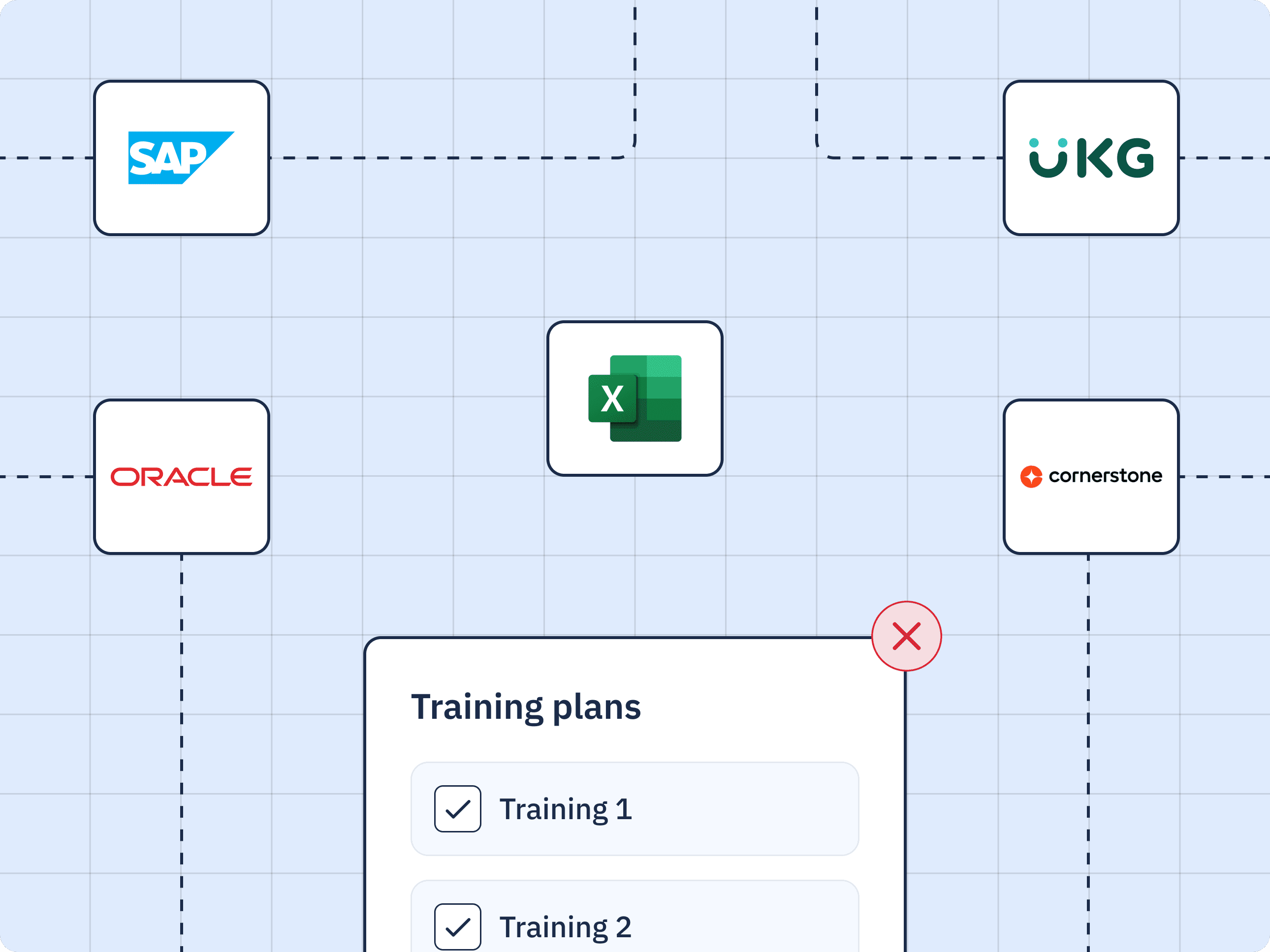
9. No timely process to manage retrainingCopied
Faced with an audit, you’ll need to be sure that your employees’ trainings are current so you can maintain compliance with regulatory or safety standards. A spreadsheet-based skills matrices offer you no such method for doing so, potentially leading to audit-related trouble.
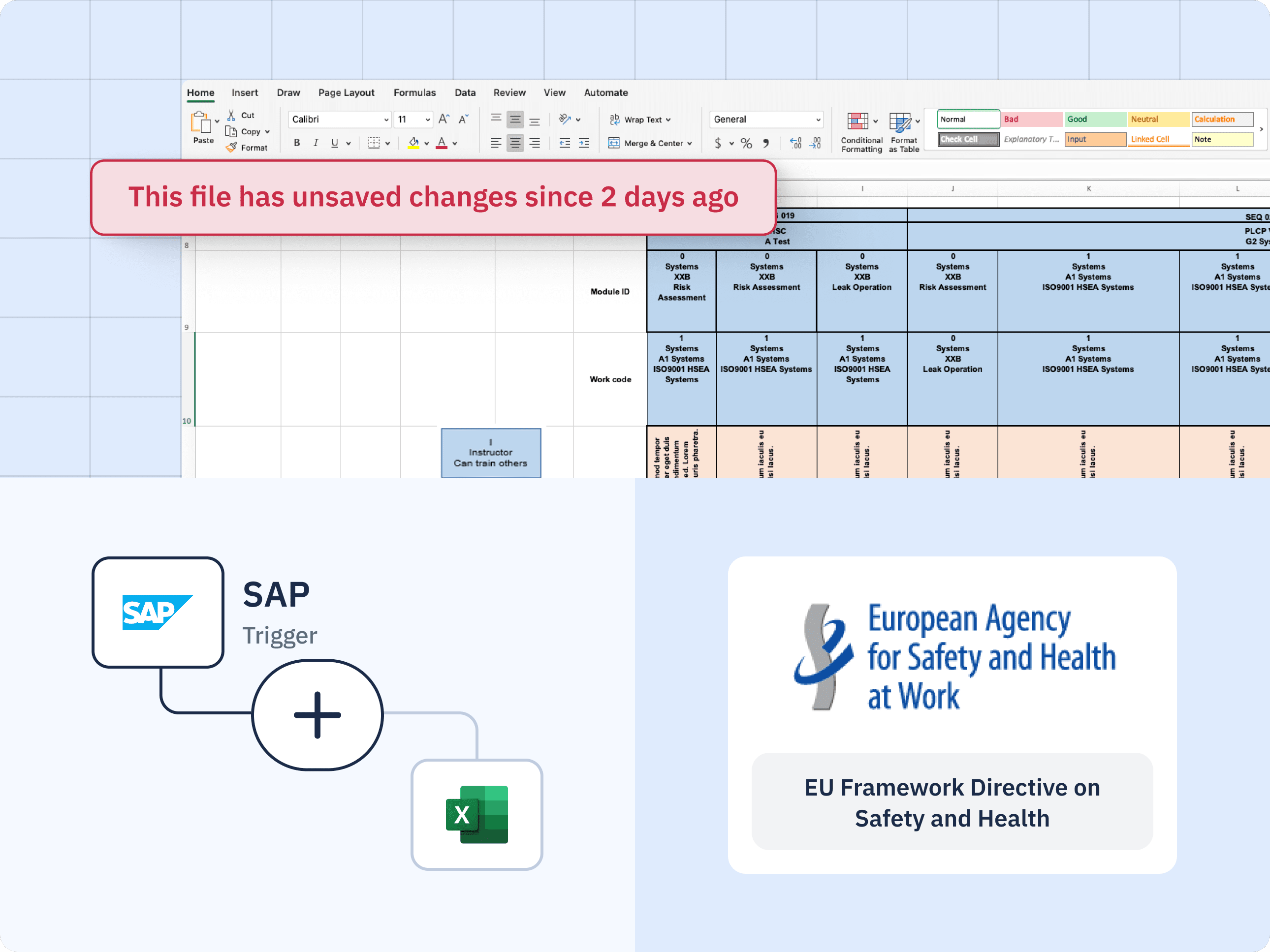
10. No document management for trainingCopied
Effective training document management requires continuous updates and approvals, ensuring records are current and verified. During audits, you’ll need to proof that training documents are regularly reviewed and compliant with standards. Inadequate management can lead to failed audits due to outdated or unverified records. For example, FDA audits or Federal Aviation Administration (FAA), requires personnel to hold updated certifications and documented training. Non-compliance found during audits can result in severe penalties and operational suspensions.
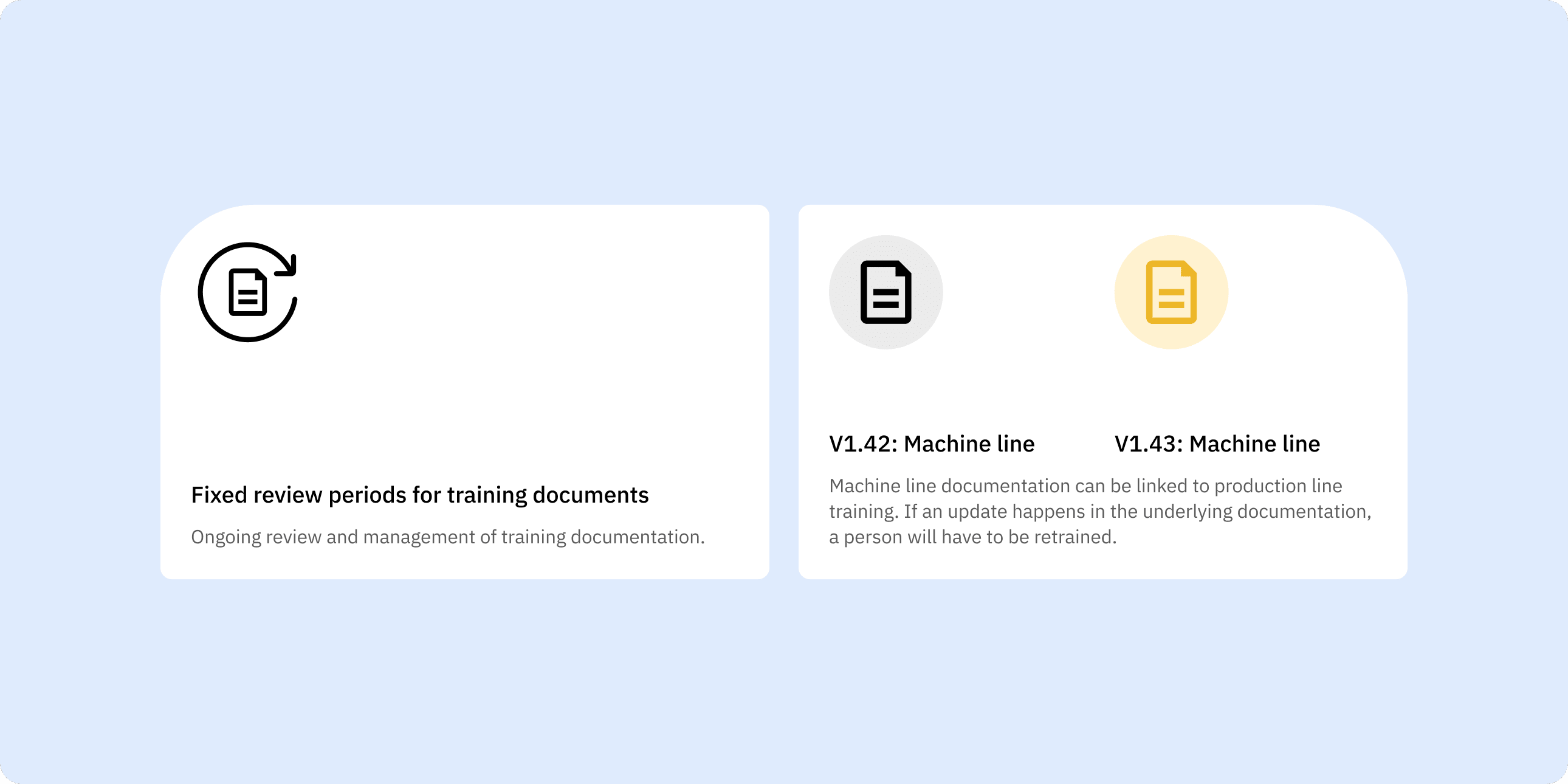
Watch the webinar to gain key insightsCopied
Watch the webinar on demand to gain key insights into the pitfalls of using spreadsheet-based skills matrices for audit purposes. Or want a quick recap? You can download the webinar slides below.
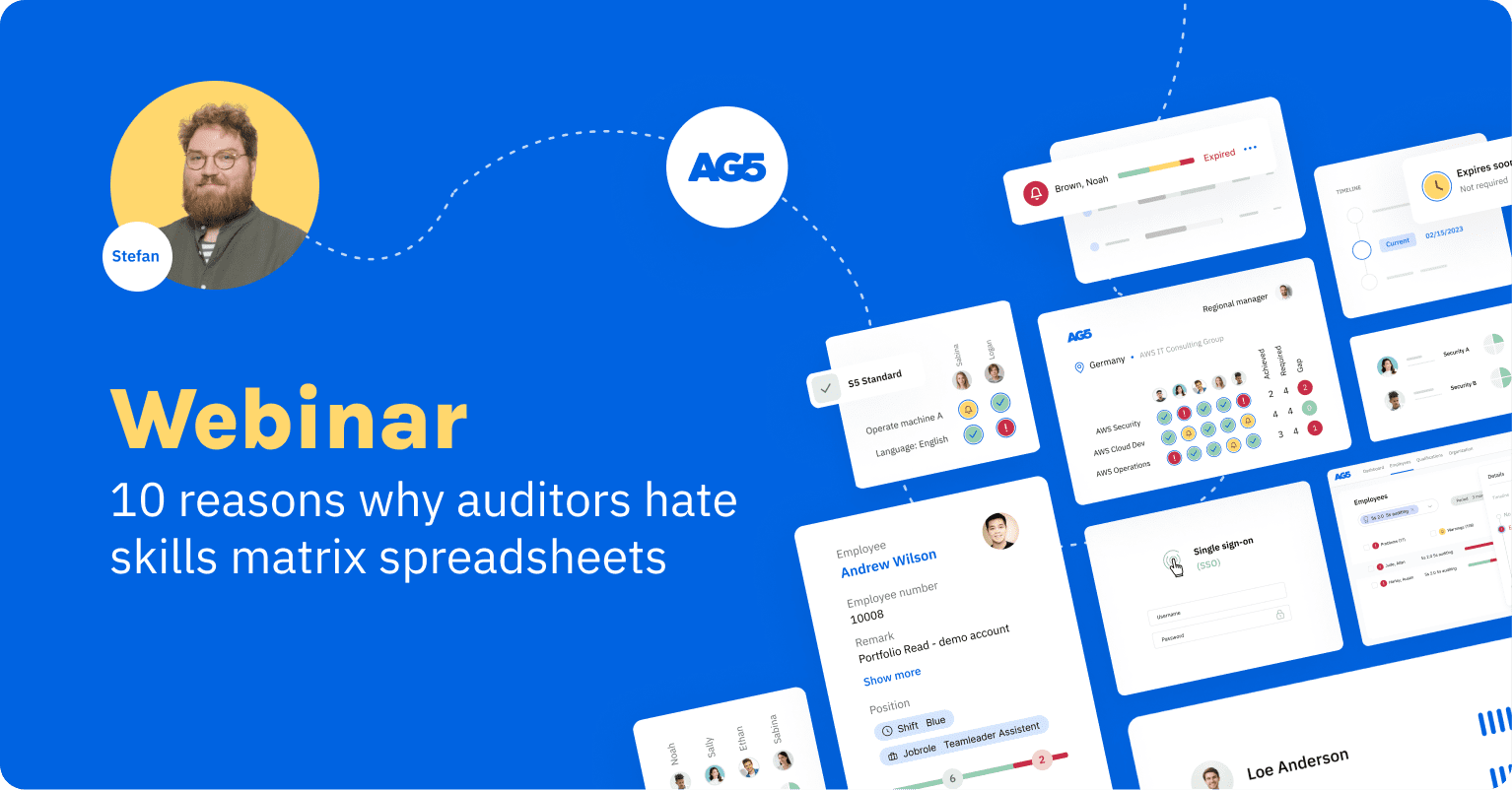
Get audit-ready with AG5Copied
Ready to implement a skills management strategy that ensures you’re always audit-ready?
With AG5, you’ll get:
- An easy-to-follow changelog that shows all changes made within the system, so you can always maintain transparency and compliance
- Skills matrices that are always and automatically up to date and accurate, so everyone working within AG5 is aligned
- Standardized skills matrices that can’t be broken or used incorrectly – so you never have to worry about data being input incorrectly
- A method of easily finding employees and their history through an employee page, including attachments of completed trainings and certification programs
- A clear method of approving all trainings and certifications for employees, ensuring that there are no redundancies, irrelevancies, or overlap
- Multi-person workflow approvals for confirming and updating production records, so your data is always accurate, safe, and compliant with all applicable regulations
- A centralized, easy-to-use repository that houses all proof of complete trainings or certifications that can be accessed by all approved employees
- A planning tool that ensures you’ll never again scramble to document your employee skills data for compliance audits
- Workflows that allow you to easily oversee and manage retraining across your entire organization
- Workflow and matrix visualizations to indicate that a currently valid certification is about to expire
When you’re ready, schedule a free, 15-minute demo for a custom look at how AG5 can simplify audit preparation in your organization.
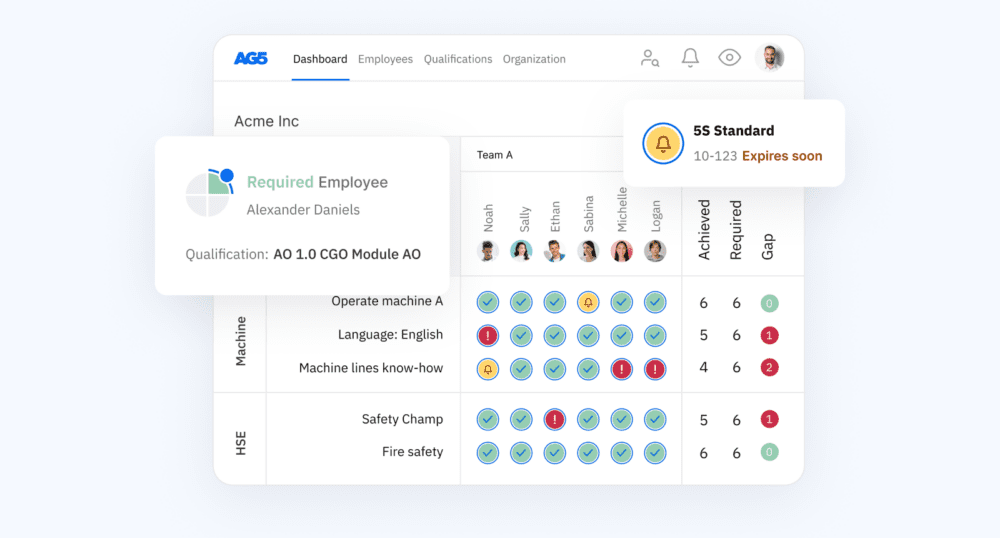
Author Copied
Revisions Copied
Added new and improved images.
Written by: Rick van Echtelt
Copy edited by: Adam Kohut
Written by: Rick van Echtelt
Copy edited by: Adam Kohut

